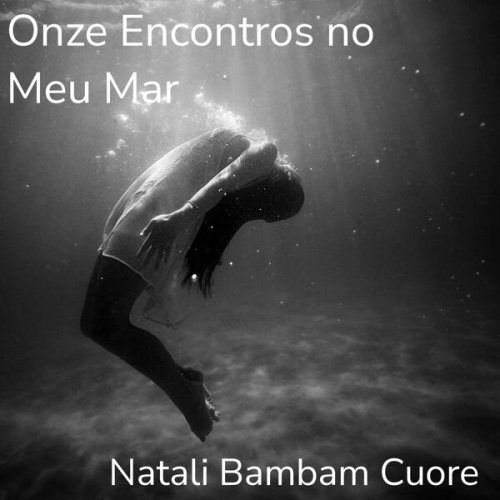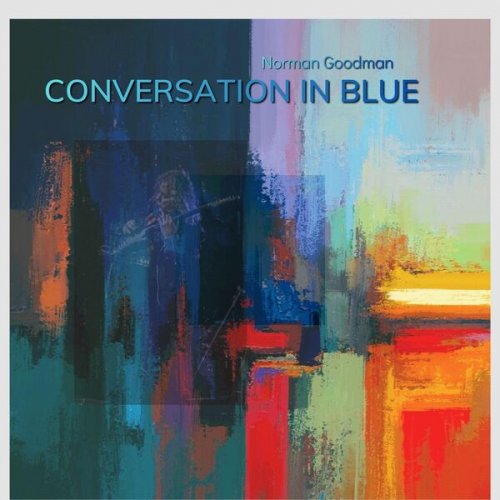Jan Garbarek - Dansere (3 CD Set) (2012)
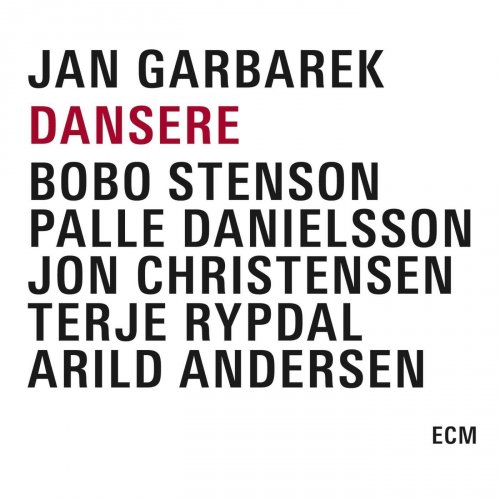
Artist: Jan Garbarek
Title: Dansere
Year Of Release: 2012
Label: ECM
Genre: Contemporary jazz, norway, post-bop
Quality: FLAC (tracks+.cue,scans,log)
Total Time: 00:41:54 + 00:45:47 + 00:38:12
Total Size: 874 mb
WebSite: Album Preview
Tracklist:Title: Dansere
Year Of Release: 2012
Label: ECM
Genre: Contemporary jazz, norway, post-bop
Quality: FLAC (tracks+.cue,scans,log)
Total Time: 00:41:54 + 00:45:47 + 00:38:12
Total Size: 874 mb
WebSite: Album Preview
CD1: Sart (ex ECM 1015)
All Songs Written by Jan Garbarek except where noted
1. Sart
2. Fountain Of Tears – Part I and II
3. Song Of Space
4. Close Enough For Jazz (Arild Andersen)
5. Irr
6. Lontano (Terje Rypdal)
Jan Garbarek: tenor and bass saxophones, flute
Bobo Stenson: piano, electric piano
Jon Christensen: percussion
Terje Rypdal: guitar
Arild Andersen: double-bass
CD2: Witchi-Tai-To (ex ECM 1041)
1. A.I.R. (Carla Bley)
2. Kukka (Palle Danielsson)
3. Hasta Siempre (Carlos Puebla)
4. Witchi-Tai-To (Jim Pepper)
5. Desireless (Don Cherry)
Jan Garbarek: soprano and tenor saxophones
Bobo Stenson: piano
Palle Danielsson: double-bass
Jon Christensen: drums
CD3: Dansere (ex ECM 1075)
All Songs Written by Jan Garbarek except where noted
1. Dansere
2. Svevende
3. Bris
4. Skrik & Hyl
2. Lokk (after Thorval Tronsgard, arr. Jan Garbarek)
6. Til Vennene
Jan Garbarek: soprano and tenor saxophones
Bobo Stenson: piano
Palle Danielsson: double-bass
Jon Christensen: drums
The Dansere box brings together all of Jan Garbarek s ECM collaborations with pianist Bobo Stenson and marks a welcome return to the catalogue for three much-loved albums: - Sart (recorded 1971), Witchi-Tai To (1973) and Dansere (1975) - all of which have been out of print in recent years. As Michael Tucker remarks in the liner notes to the set , these are recordings which brought freshly intelligent and invigorating perspective to bear on questions of dynamics, group sound, interaction and swing, the relation of improvisation and abstraction to the roots of jazz, and the relevance of archetypal yet freshly inflected folk forms to contemporary music. Two ensembles are heard here, the classic Garbarek-Rypdal-Andersen-Christensen group augmented by Bobo Stenson on the exploratory Sart , and the spirited Jan Garbarek-Bobo Stenson Quartet, one of the most exciting groups of the era, on Witchi-Tai-To and Dansere . The birth of the latter group was very spontaneous the Witchi-Tai-To session was originally projected as a Stenson date, with just Palle Danielsson and Christensen, but after Jan Garbarek had guested with Bobo s trio at the 1973 Jazz Jamboree in Warsaw, the Swedish pianist proposed the quartet format instead. On Witchi-To To (disc 2 here) the repertoire largely reflects Stenson s enthusiasms, with the title composition written by Jim Pepper, Carla Bley s A.I.R (from Escalator Over The Hill ) as album opener, and a 20-minute account of Don Cherry s Desireless as the highpoint (Stenson was still playing often with Cherry in this period). Garbarek responds splendidly to the challenges of the material, a tour-de-force of post-free and modal jazz possibilities.
In contrast all the material on Dansere (Disc 3) is either composed by the saxophonist or adapted by him from folk sources. A wonderful album in its own right, it established a direction for Garbarek s music in the decades ahead. This was an extraordinarily resourceful band. As Jon Christensen says in the liner notes: We all knew each other s playing so well, we only needed a note or two from someone and off we would go, sometimes really out , but never forgetting the lyrical side of things. Jan always had a strong sense of what he wanted in the music, but everyone contributed strongly to wherever the music took us. A dynamic band, with great improvisational strengths, the Garbarek-Stenson Quartet was also a very popular one in its heyday, winning readers polls as Band of the Year in Jazz Forum, and collecting the Deutsche Schallplattenpreis for Dansere . At its best this group had a chemistry that I ve very rarely known, says Bobo Stenson. And I look back at the whole period as a happy and creative time.
In contrast all the material on Dansere (Disc 3) is either composed by the saxophonist or adapted by him from folk sources. A wonderful album in its own right, it established a direction for Garbarek s music in the decades ahead. This was an extraordinarily resourceful band. As Jon Christensen says in the liner notes: We all knew each other s playing so well, we only needed a note or two from someone and off we would go, sometimes really out , but never forgetting the lyrical side of things. Jan always had a strong sense of what he wanted in the music, but everyone contributed strongly to wherever the music took us. A dynamic band, with great improvisational strengths, the Garbarek-Stenson Quartet was also a very popular one in its heyday, winning readers polls as Band of the Year in Jazz Forum, and collecting the Deutsche Schallplattenpreis for Dansere . At its best this group had a chemistry that I ve very rarely known, says Bobo Stenson. And I look back at the whole period as a happy and creative time.
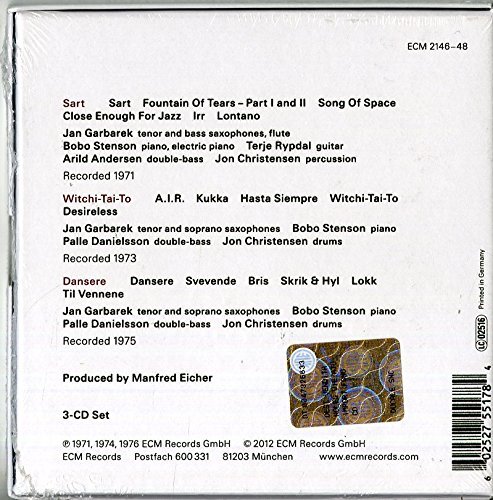
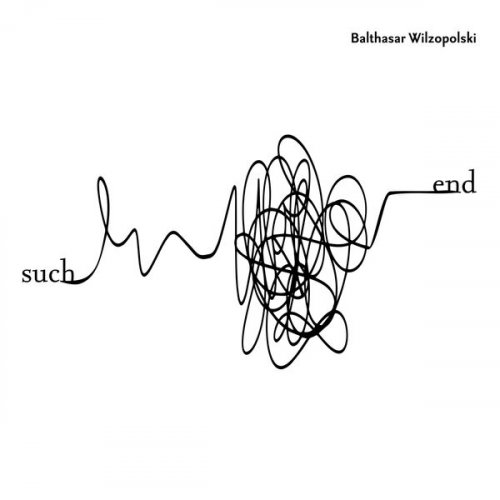
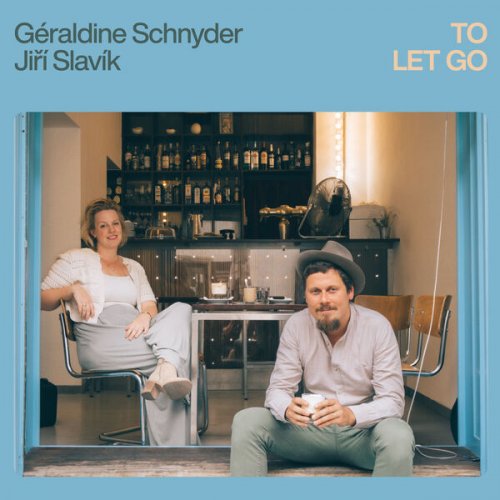
![Tomasz Stańko - Zamek mgieł (Polish Radio Sessions vol. 3/6) (2025) [Hi-Res] Tomasz Stańko - Zamek mgieł (Polish Radio Sessions vol. 3/6) (2025) [Hi-Res]](https://www.dibpic.com/uploads/posts/2025-12/1765795906_cover.jpg)
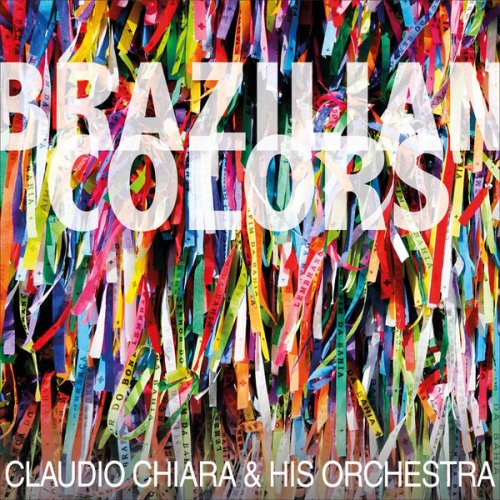
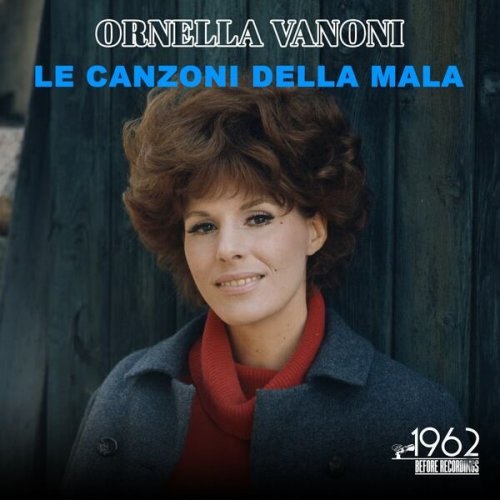
![Koldo Munné & 1520's Ensemble - Live at Jamboree Live Music (2025) [Hi-Res] Koldo Munné & 1520's Ensemble - Live at Jamboree Live Music (2025) [Hi-Res]](https://www.dibpic.com/uploads/posts/2025-12/1765846749_ck2b0xbsb8jna_600.jpg)
![Zamballarana - Sirena (2025) [Hi-Res] Zamballarana - Sirena (2025) [Hi-Res]](https://www.dibpic.com/uploads/posts/2025-12/1765620486_bhmusoyvnhizd_600.jpg)
